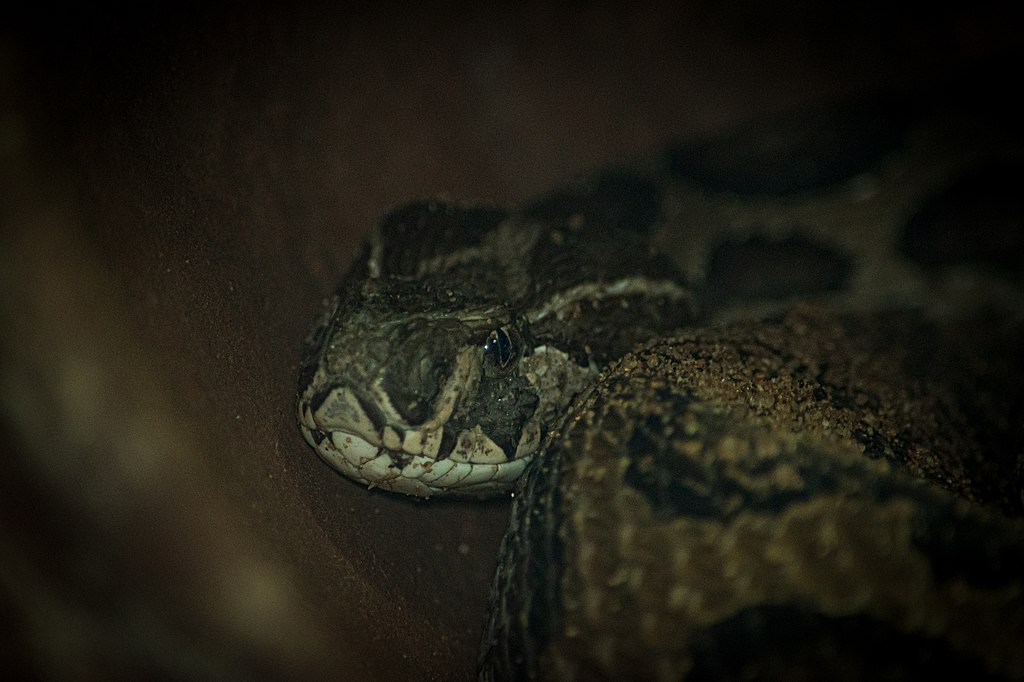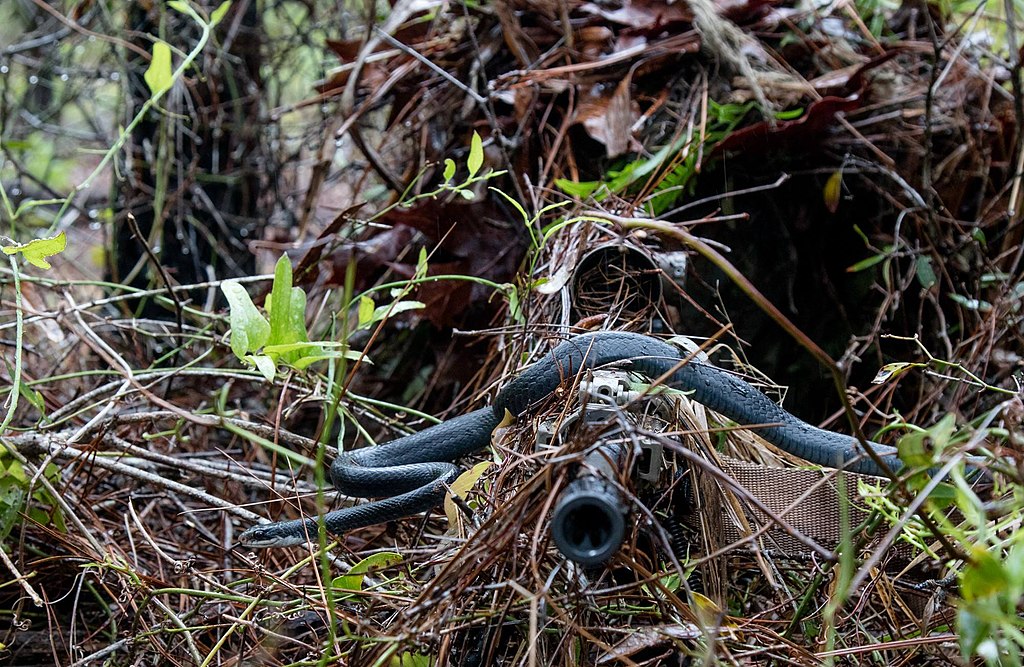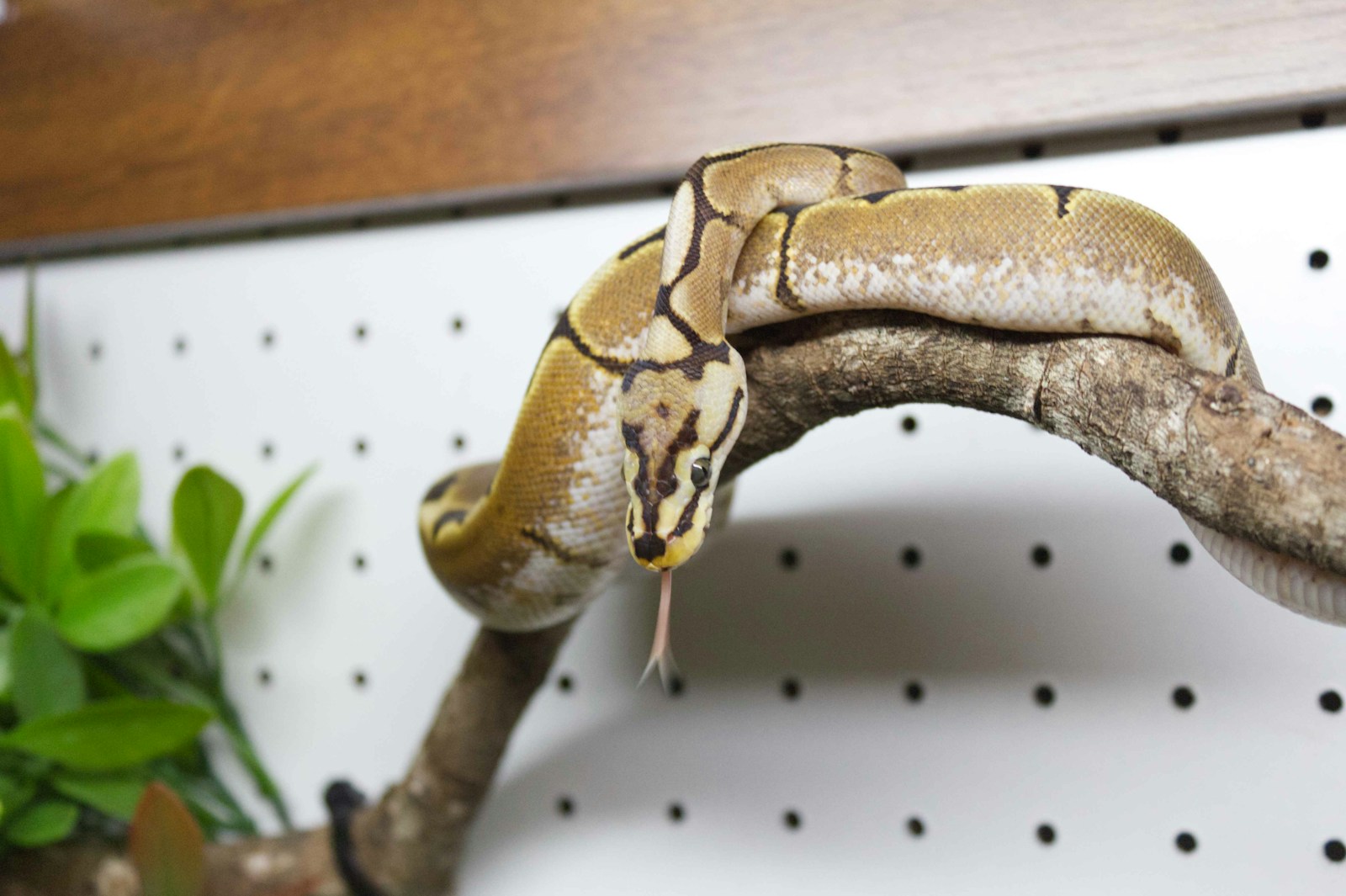Monitoring your pet snake’s growth rate can provide valuable insights into its health and wellbeing. While all snakes grow at their own pace, an unusually rapid growth spurt might indicate excellent care conditions or potentially signal underlying issues that require attention. Understanding what constitutes normal versus accelerated growth for your specific snake species empowers you as a responsible owner to provide the best possible care. This article explores the key indicators of faster-than-normal snake growth, potential causes, and when you should consult with a veterinarian about your reptile companion’s development.
Understanding Normal Snake Growth Patterns

Snake growth follows predictable patterns influenced by species, age, and environmental factors, though significant variation exists between individuals. Younger snakes typically grow more rapidly than adults, with many species experiencing their most dramatic growth during their first two years of life. Growth rates naturally slow as snakes reach maturity, with some species continuing to grow throughout their lives, albeit at a much slower pace. Tracking your snake’s growth against established averages for its particular species and age provides the baseline needed to identify unusually rapid development.
Measuring Your Snake’s Growth Accurately

Consistent measurement techniques are essential for monitoring your snake’s growth rate with precision. The most reliable method involves gently stretching your snake alongside a measuring tape on a flat surface, recording the length from snout to tail tip. Weight measurements should be taken using a digital scale appropriate for your snake’s size, ideally at the same time of day and between meals for consistency. Establishing a regular measuring schedule—weekly for juveniles and monthly for adults—creates a reliable growth record that highlights patterns over time. Photographing your snake next to a ruler or reference object provides additional visual documentation of changes in both length and girth.
Species-Specific Growth Benchmarks

Growth expectations vary dramatically across snake species, making species-specific benchmarks crucial for accurate assessment. Ball pythons typically grow 1-2 feet in their first year and reach adult length (3-5 feet) within three years, while corn snakes might grow 2-3 feet in year one, reaching their adult size of 4-6 feet by age two or three. Large constrictors like Burmese pythons demonstrate extraordinarily rapid growth, potentially adding 3-4 feet in their first year and continuing significant growth for 5+ years. Understanding these benchmarks allows you to recognize when your snake’s growth substantially exceeds expected parameters for its species, age, and sex.
The Role of Feeding Frequency in Accelerated Growth

Feeding schedules significantly impact growth rates, with more frequent meals often resulting in faster development, especially in juvenile snakes. Overfeeding can trigger unnaturally accelerated growth that may lead to obesity and associated health problems, including organ stress and reduced lifespan. Most juvenile snakes benefit from feeding every 5-7 days, while adults typically require meals every 10-14 days, though optimal schedules vary by species. Monitoring your snake’s body condition alongside its growth measurements helps distinguish between healthy development and problematic weight gain from excessive feeding.
Environmental Factors Affecting Growth Speed

Environmental conditions play a crucial role in regulating snake growth, with optimal parameters promoting more efficient development. Temperature gradients that include proper basking spots allow snakes to digest food more effectively, potentially accelerating growth when maintained at ideal levels. Consistent humidity appropriate for your snake’s species supports proper shedding, which is necessary for unrestricted growth. Enclosure size impacts activity levels and stress, with appropriately sized habitats promoting healthier growth patterns than those too small or overwhelmingly large for the snake’s current size.
Recognizing Healthy vs. Unhealthy Rapid Growth

Distinguishing between healthy accelerated growth and problematic development requires attention to multiple physical indicators beyond just length and weight. Healthy rapid growth manifests with proportional development—the snake’s girth increases in proportion to its length, maintaining a balanced appearance. The snake’s muscle tone should remain firm, scales should appear smooth with consistent coloration, and shedding should occur regularly without complications. Signs that rapid growth may be unhealthy include disproportionate weight gain, scale spreading, difficulty moving, labored breathing, or irregular shedding patterns that suggest the snake’s body is struggling to keep pace with its growth rate.
Shedding Frequency as a Growth Indicator

Increased shedding frequency often signals accelerated growth, as snakes must shed their skin to accommodate expanding body size. Juvenile snakes typically shed every few weeks during periods of rapid growth, while mature snakes may shed just 2-4 times annually. A sudden increase in shedding frequency, particularly when the time between sheds decreases significantly, suggests your snake is growing faster than its typical pattern. Complete, one-piece sheds generally indicate healthy growth, while fragmented or difficult sheds alongside rapid growth may signal nutritional issues or environmental problems that require adjustment.
Genetic Factors Influencing Growth Rates

Genetics play a significant role in determining a snake’s growth potential and pattern, creating natural variation even within the same species. Some individual snakes inherit genes for larger size or faster metabolism that predispose them to grow more quickly than others of their species. Sexual dimorphism affects growth in many species, with females often growing larger than males, reaching greater maximum sizes at potentially faster rates. Selective breeding in captive populations, particularly in morphs bred for the pet trade, can inadvertently select for altered growth patterns that differ from wild specimens of the same species.
Nutrition Quality and Growth Acceleration

The nutritional value of prey items significantly impacts growth rate, with higher-quality nutrition supporting more efficient development. Prey diversity provides a broader spectrum of nutrients than a limited diet, potentially enabling faster healthy growth through improved nutritional balance. Feeder animal health directly affects nutritional content—well-fed prey animals provide more nutrition than malnourished ones, potentially accelerating your snake’s growth. Supplements may occasionally be recommended for specific situations, though most snakes receive complete nutrition from whole prey items when fed a varied, appropriately sized diet of healthy feeders.
When Faster Growth Signals Health Concerns

While accelerated growth can reflect excellent care, certain patterns may indicate underlying health issues requiring veterinary attention. Growth that suddenly accelerates well beyond expected parameters without environmental or dietary changes may signal metabolic disorders or thyroid issues affecting the snake’s development. Rapid growth accompanied by behavioral changes, such as increased aggression, unusual lethargy, or appetite changes, suggests potential health complications. Physical symptoms like swelling, discoloration, respiratory difficulties, or deformities developing alongside accelerated growth require immediate veterinary assessment. Regular weight tracking helps identify concerning patterns—weight gain significantly outpacing length increase often indicates unhealthy fat accumulation rather than proper muscular development.
Creating an Effective Growth Tracking System

Implementing a structured growth tracking system provides valuable data for monitoring your snake’s development over time. A dedicated journal or digital spreadsheet should record consistent measurements of length, weight, and girth, alongside dates of each shed, feeding details, and any notable behavior changes. Photographing your snake monthly against the same background with a measuring reference creates visual documentation of growth patterns that complement your numerical data. Growth charts specific to your snake’s species, if available, allow you to plot your snake’s development against expected ranges and clearly identify acceleration beyond normal parameters. Sharing this detailed growth history with your veterinarian during check-ups enables more informed healthcare decisions tailored to your snake’s specific development pattern.
Adjusting Care for Snakes Growing Unusually Fast

When a snake demonstrates faster-than-normal growth that appears otherwise healthy, certain care adjustments may help support its development. Enclosure upgrades may need to occur more frequently than anticipated, ensuring habitat size remains appropriate for the rapidly growing snake. Feeding schedules might require modification—possibly extending time between meals rather than increasing prey size too quickly—to maintain healthy growth without promoting obesity. Environmental parameters should be routinely checked and optimized to support proper development, particularly ensuring temperature gradients remain ideal for efficient digestion. Regular veterinary check-ups become more important for rapidly growing snakes to confirm their development remains healthy and to catch any potential issues before they become serious problems.
Consulting with Reptile Veterinarians About Growth Concerns

Professional guidance becomes essential when your snake’s growth pattern raises significant questions or concerns about its wellbeing. A reptile-specialized veterinarian can perform physical examinations that assess body condition, muscle tone, and overall health indicators that might explain accelerated growth. Diagnostic testing including blood work may be recommended to check for metabolic disorders, parasites, or other health issues that could influence growth patterns. Bringing your detailed growth records to veterinary appointments enables more accurate assessment of whether your snake’s development represents a healthy variation or requires intervention. Establishing a relationship with a reptile veterinarian before problems arise ensures access to expert advice when growth questions emerge.
Conclusion

Monitoring your snake’s growth rate provides valuable insights into its overall health and development. While faster-than-normal growth can sometimes indicate excellent husbandry and genetics, it may also signal potential issues requiring attention. By understanding species-specific benchmarks, maintaining detailed records, and recognizing the difference between healthy and problematic growth patterns, you can make informed decisions about your snake’s care. Remember that each snake is an individual with unique growth potential influenced by numerous factors including genetics, environment, and nutrition. When in doubt about unusually rapid growth, consulting with a reptile-specialized veterinarian remains the best course of action to ensure your scaly companion enjoys optimal health throughout its life.





